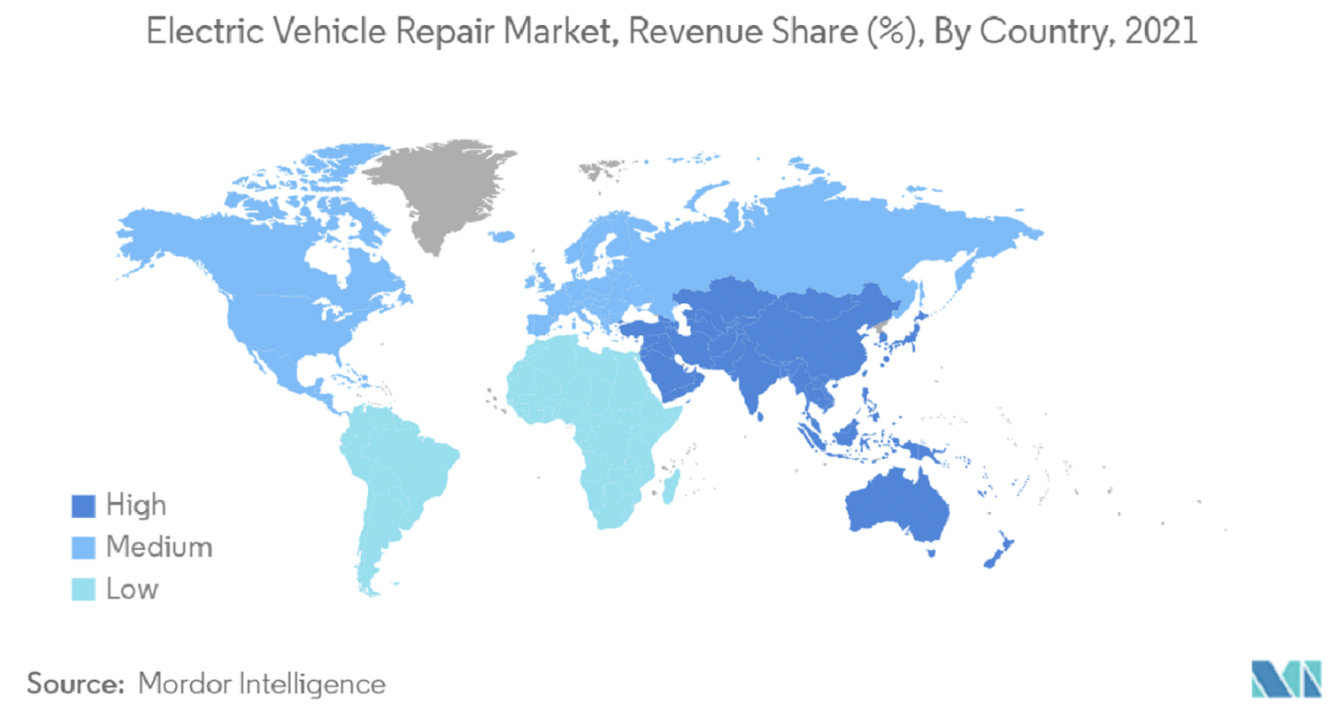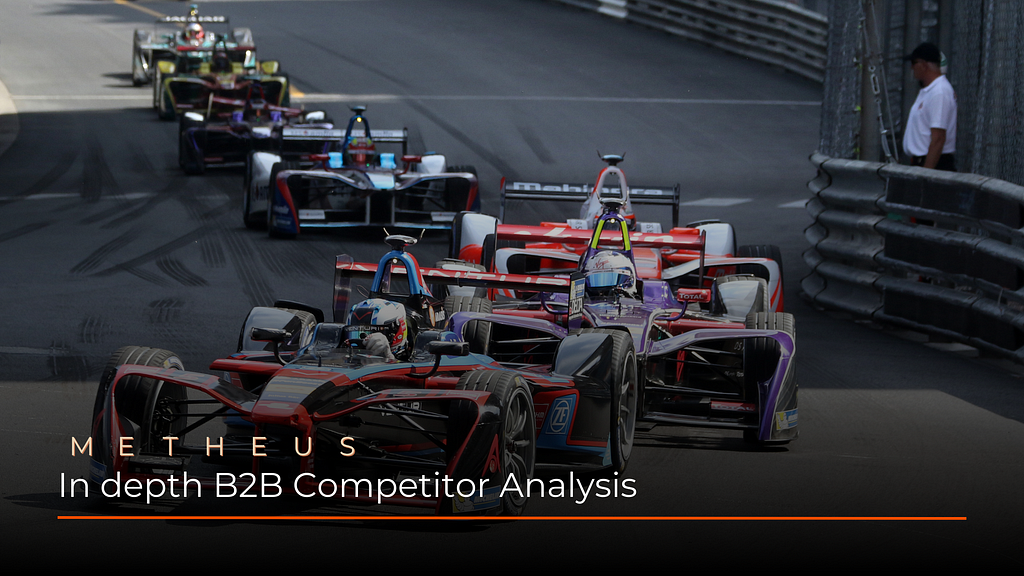As carbon dioxide concentrations in the atmosphere continue to increase at an alarming rate, it is crucial to take action to reduce emissions and mitigate the impact of climate change. Carbon dioxide emissions worldwide have reached record levels, increasing from 36 gigatonnes in 2019 to 58 gigatonnes in 2022. If current trends in economic growth, demography, and emissions intensity persist, projections indicate that 62 GT of emissions will be produced by 2030. The last time Earth’s atmosphere contained this much CO2 was more than three million years ago, when sea levels were much higher, and trees grew at the South Pole.
One of the main contributors to this increase in emissions is transportation, which accounts for 17% of global greenhouse gas emissions, second only to the power sector. As Metheus Consultancy, we interviewed with one of E-Autotrek’s Managing Partners, Cem Çıtak in order to better understand the electrical transformation of mobility which will have a huge impact in a decreased CO2 levels and to discuss the steps that must be taken to achieve this transformation.
Why electrical vehicles are popular?
Traditional gasoline and diesel-powered vehicles are primary culprits, releasing harmful pollutants into the air and contributing to climate change. However, electric transportation vehicles offer a cleaner and more sustainable alternative. By choosing electricity over traditional transportation fuels, we can significantly reduce our carbon footprint and help mitigate the impact of climate change. This is why electric transportation vehicles have become increasingly popular in recent years as people become more aware of the environmental benefits they offer.
Mr. Çıtak said that “Electrification is a very important step to minimize emissions. Car manufacturers are unveiling different electrified models either as full electric or hybrid vehicles. Hybrid vehicles, even plug-in hybrids are transition solution for reducing emissions but to make emission reducing faster full electric vehicles or as another solution- hydrogen fuel cell vehicles should be more extensive compared to today. ”
In addition to the environmental benefits, there are other reasons why electric vehicles have become more popular in recent years. One of the main reasons is that they can be more cost-effective in the long run, as the cost of electricity is generally lower than that of gasoline or diesel fuel. Electric vehicles are also more efficient, meaning they require less energy to travel the same distance as a traditional gasoline-powered vehicle. Furthermore, as battery technology continues to improve, the range of electric vehicles is increasing, making them more practical for everyday use. Finally, many people enjoy the quiet, smooth ride that electric vehicles offer, as they produce less noise and vibration than traditional vehicles.
What are the milestones needed in order to achieve 100% electrical transportation?
Mr. Çıtak said that “Today, all comments about milestones are emphasizing importance of charging station penetration however for me, this is not the biggest problem. It is for sure that to sustain your travel, you need energy supply but battery improvement and enhanced range is very crucial. Electrical vehicles are operating with high voltage and this voltage is currently starting from 330V up to 800V for cars. This voltage will be increased in the future due to some reasons. High voltage brings services new and big risks that they are not aware of. Increasing number of vehicles will need, new services with compabilities, skills and knowledge sets as well as new equipments.”
However, despite all of these benefits, electrical vehicles represent just 1 percent of the world’s total car fleet. In order to increase this percent there are certain milestones that needs to be achieved. These milestones include:
-
Charging station penetration
-
Electrical battery production
-
Appropriate service station setup
-
Adaptation of the factories
Charging station penetration
In order for electric vehicles to become more widespread, charging infrastructure needs to be improved to ensure that drivers have access to convenient and reliable charging stations. A lack of charging infrastructure can create “range anxiety” for drivers, which can discourage them from purchasing an electric vehicle. To address this issue, governments and private companies need to invest in expanding the network of charging stations, particularly in areas where access to charging is limited, such as rural or low-income areas.
Charging station penetration is especially important for people who don’t have access to a private garage or charging station at home. This includes people who live in apartments, condominiums, or densely populated urban areas, where charging infrastructure is often lacking. In these cases, public charging stations are often the only option for electric vehicle owners to recharge their batteries.
Moreover, the expansion of charging infrastructure can also benefit businesses, as it can attract more customers who drive electric vehicles. In addition, installing charging stations in workplaces can also encourage more people to adopt electric vehicles, as it makes it easier for them to charge their vehicles while they work.
Determining the appropriate number of charging stations per electric vehicle depends on various factors, such as the type of housing, average distance traveled, and population density. As a result, there is no one-size-fits-all metric for charging station availability. However, by examining the number of electric vehicles per charging station in different countries, we can get a better sense of the need for increased charging station penetration. This highlights the importance of ensuring that there are enough charging stations in convenient locations to provide electric vehicle drivers with access to reliable and convenient charging infrastructure.
Source: “Electric LDV per charging point in selected countries, 2010-2021” by iea.org
Electrical battery production
The production of high-quality electrical batteries is a critical component of achieving 100% electric vehicle transportation. This is because the battery is the heart of an electric vehicle, providing the energy required to power the electric motor. Without a reliable and efficient battery, the performance, range, and overall appeal of electric vehicles are limited. As such, increasing the availability and quality of electrical batteries is essential to accelerating the transition to a fully electric transportation system.
As to answer the question of what are challenges associated with this process and what can be done to overcome them, Cem Çıtak said:
“ Technologies, such as solid-state batteries, as well as more efficient and cost-effective mr, there are challenges associated with this process, such as the high cost of materials, the complexity of manufacturing, and the need for sustainable sourcing practices. To address these challenges, the development of new manufacturing processes, is crucial. These advancements will not only help to increase the production capacity of batteries, but also improve their performance, durability, and affordability. Ultimately, increasing the availability and quality of electrical batteries will be key to accelerating the transition to a fully electric transportation system.”
Adaptation of the factories
Adapting factories to produce electric vehicles is another milestone needed to achieve 100% electrical transportation. Currently, most car factories are optimized for the production of traditional gasoline and diesel vehicles, which require different assembly processes and components than electric vehicles. In order to produce electric vehicles at scale, factories need to be retooled with new equipment and processes to support the production of electric powertrains and battery systems. This requires significant investment and planning, but it is a necessary step to ensure that factories can keep up with the increasing demand for electric vehicles.
Cem Çıtak said:”Obviously, there are some car models that built as optimization and redesign of gasoline and diesel models but car manufacturers are now developing lots of new production platforms for building and producing new electrical vehicle models. These new platforms are generally supported by battery factories or big investment in battery R&D. ”
One challenge that manufacturers face is the high cost of battery production. Battery cells require expensive raw materials such as lithium and cobalt, and the manufacturing process is complex and time-consuming. However, with advancements in technology and economies of scale, the cost of battery production is decreasing. In order to make electric vehicles more accessible and affordable for consumers, it is important for factories to continue to invest in research and development to improve battery technology and reduce production costs.
Adapting factories to produce electric vehicles also provides an opportunity to create new jobs and stimulate economic growth. As demand for electric vehicles increases, factories will need to hire and train new employees to support the production of electric vehicles and their components. This can create new opportunities for communities and industries that have been impacted by the decline of traditional automotive manufacturing.
Appropriate service and repair station setup
Another important milestone for achieving 100% electric transportation is the appropriate setup of service and repair stations.
When we asked Mr. Çıtak why is the establishment of appropriate service and repair stations important for the adoption of electric vehicles, and what are some challenges in this area, he answered as:
“While electric vehicles generally require less maintenance than traditional gas-powered vehicles, they still need servicing and repairs from time to time. Service stations must be equipped to handle the unique needs of electric vehicles, including specialized equipment for battery inspections and repairs, and trained staff who can provide maintenance and repairs for electric vehicles. This includes not just dedicated service centers, but also mobile repair units that can reach vehicles in need of repair or servicing.
In addition, service stations must have adequate space and facilities to support EV charging. With the right service station setup, electric vehicle owners can have confidence that their vehicles will be properly maintained and repaired, ensuring that their cars have a longer lifespan and reducing the likelihood of vehicles being prematurely discarded.
The lack of service and repair stations is a significant challenge in the adoption of electric vehicles. Traditional auto mechanics are not equipped to handle electric cars, as they require specialized training and tools to properly diagnose and repair issues with the electrical systems. As a result, the number of service and repair stations that can handle electric vehicles is currently limited, which can be a major inconvenience for electric vehicle owners who require maintenance or repairs.
Biggest barrier on the way of having enough number of electrical vehicle service and repair stations is lack of trained people in the industry. The number of trained employees in the industry is not increasing parallel to the increasing number of electrical and hybrid vehicles. As, both EV&Hybrid vehicles contain High Voltage Batteries, all dedicated employees mut be trained in intervening High Voltage in different aspects.”
On the other hand, this void presents a significant opportunity for entrepreneurs and investors to fill this gap in the market and capitalize on the growing demand for electric vehicle service and repair. As the adoption of electric vehicles continues to increase, the need for service and repair stations will only grow, making this an attractive business opportunity for those with the necessary expertise and resources. By investing in the development of electric vehicle service and repair stations, we can not only meet the needs of electric vehicle owners but also create new jobs and economic opportunities in the clean energy sector.
Electrical Transformation of Mobility
In conclusion, the shift to electric transportation is a critical step towards achieving a more sustainable and equitable future. Electric vehicles represent a cleaner and more sustainable form of transportation that can significantly reduce our carbon footprint and help mitigate the impact of climate change.
While they offer a range of benefits over traditional gasoline-powered vehicles, their adoption rate is still relatively low, and a number of milestones must be achieved in order to achieve 100% electric transportation. These milestones include increasing the penetration of charging stations, improving the production of electrical batteries, setting up appropriate service and repair stations, and adapting factories to meet the growing demand for electric vehicles.
E-Autorek’s services include services include UK certified four-level trainings for electric vehicles’ safety, critical components of EV & Hybrid vehicles and key features, as well as maintenance and repair; safety and insulation materials that should be used while serving electric and hybrid vehicles which is supplied by E-Autotrek’s partner SFE International; and lastly strategic consultancy services about the industry.Companies like E-Autotrek are making significant strides in helping to achieve these milestones, and individuals can play their part by advocating for and investing in electric vehicles.
To take the first step towards a sustainable and electric future, consider partnering with Metheus Consultancy. Our team of experts can provide you with the necessary tools, knowledge, and guidance to help you transition to electric transportation. From electric vehicle training to strategic consultancy services, we offer a range of services that can help you achieve your sustainability goals. Contact us today to learn more about how we can help you make the switch to electric transportation.







